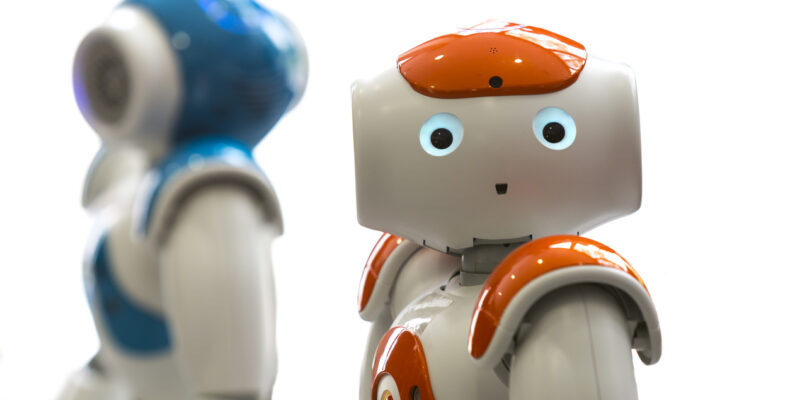
Who should own the IP in work generated by AI?
Since the launch of ChatGPT in November 2022, the power of AI has been at the forefront of many peoples’ minds. One of the many questions posed by the existence of AI systems is: how to treat the ownership of work produced by AI?
Here, Oliver Pooley, suggests a simple solution that will be relatively easy to fit into IP law around the world; discussing who needs to be encouraged to share ideas, as well as who should be provided with the protection of IP ownership.
Why is this an issue?
To resolve the question of how to deal with AI-created intellectual property (IP), we simply need to look at the original purpose of IP.
The ownership of IP is derived from its creator, be it patents, copyright, designs, trade marks or anything else. Generally the original creator – or creators – owns the IP rights unless there is some contract to the contrary. For example, IP ownership clauses are common in employment contracts, contracts with external designers, sales of companies and the like. In some countries, such as the UK, patent law automatically moves IP ownership to employers without the need for an explicit clause in their contracts.
What happens when AI creates IP?
There is some debate as to whether this is currently possible, but whether it can happen now or in the future is a question that is already being asked. As discussed in our previous articles, Dr Stephen Thaler has applied for patents around the world naming his AI, Dabus, as the inventor. In the UK and Europe, these applications have been rejected for what amounts to technicalities around the ownership or inventorship.
Both the UK courts and EPO agree that an inventor must be a natural person with legal personality – for instance someone that can enter contracts, own property, sue and be sued – and so AI cannot be the inventor.
Without an inventor, there is no mechanism to recognise an owner of the IP.
Why is the definition of an inventor an issue?
The core purpose of recognising IP is to encourage the sharing of innovation and creativity whilst protecting the investment. Simply speaking, if a person or company spends time, money and effort developing a new idea, IP law allows them to share it widely for commercial and educational purposes, whilst protecting them from copycats who would not have to make the same investment.
Where there is no recognised owner of IP, anyone can use it once it is in the public domain. AI does not act in a vacuum. It still needs humans to control it and set it to particular tasks. The absence of a recognised owner creates a risk for an AI controller in sharing their ideas.
Regard AI as a piece of equipment
The answer is not the AI. Instead, AI can be seen as another tool employed by companies and individuals in their work. Much as computer aided design has become ubiquitous for engineers and engineering companies, so AI can become ubiquitous in the future.
It will be the companies and individuals who own the AI machine that have to make the investment in the AI, and will have control of whether or not to share the outputs of the AI.
How can this be protected in IP law?
The answer already lies in the UK Copyright Designs and Patents Act.
Section 9(3) of this act says that: “In the case of a literary, dramatic, musical or artistic work which is computer-generated, the author shall be taken to be the person by whom the arrangements necessary for the creation of the work are undertaken”. In other words, the person who sets up the computer and sets it running is the creator, and so they are the first owner of the copyright.
It would seem a relatively simply step to extend this provision to all types of work – not just literary, dramatic, musical or artistic work. In other words the person who sets the AI a particular task, and makes it possible for the AI to complete that task, is the inventor. This can then be treated as any normal invention, and provides the necessary encouragement and protection to that person (or their employer).
This solution avoids all the questions about whether or not AI can – or will ever be able to – invent. The section of the CDPA was written in 1988, so there is no reason it could not be implemented now, to future proof this part of UK IP law.
Barker Brettell has extensive experience working with AI technology, and the expertise required to help you realise the potential of your innovation. If you would like to find out more, please contact the author, or your usual Barker Brettell attorney.



